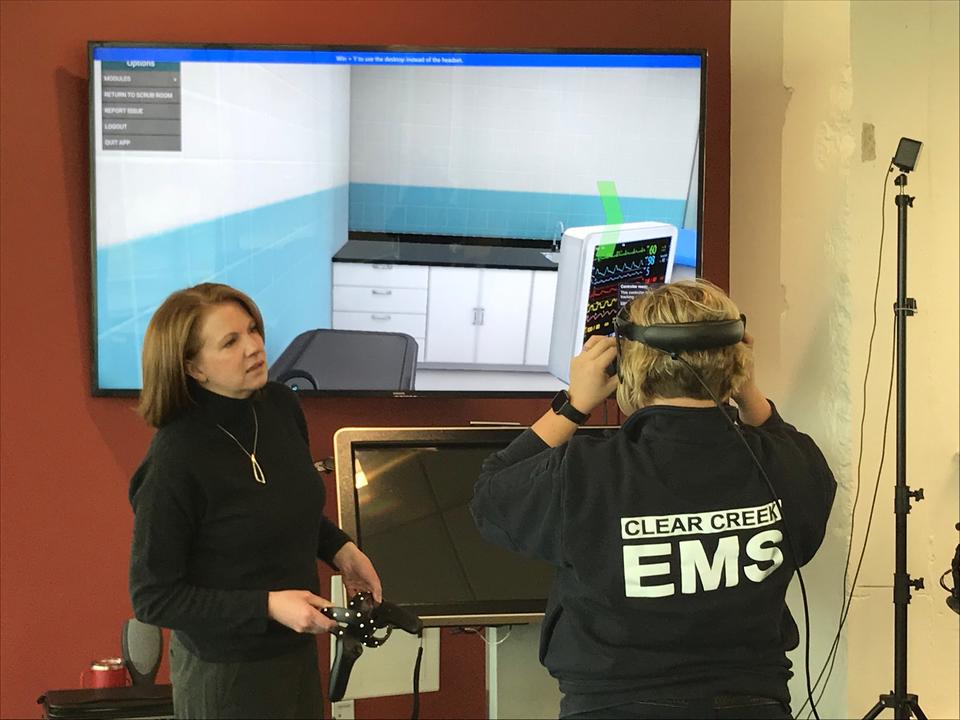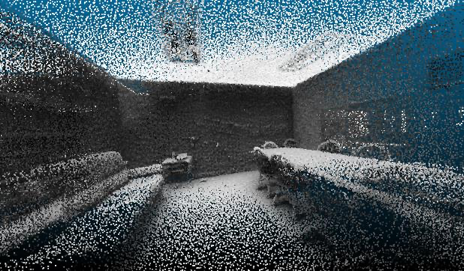
NIST’s Public Safety Communications Research (PSCR) Division recently released the Public Safety Innovation Accelerator Program - 2022 (PSIAP-2022) funding opportunity aimed at accelerating research and development (R&D) that directly impacts first responder communications and operations, specifically in the areas of Mission Critical Voice (MCV), Location-Based Services (LBS), and User Interface/User Experience (UI/UX). PSCR anticipates funding up to $7M in new awards for PSIAP-2022, with individual awards expected to range from $300,000 to $600,000 per year.
Interested parties are encouraged to apply on grants.gov by January 18, 2022.
Register for the PSIAP-2022 Informational Notice of Funding Opportunity (NOFO) Webinar on December 1, 2021, for more information about how to apply.
The Final Push Forward
Although there may still be opportunities for people to participate in prize challenges and commercialization programs, PSIAP-2022 will likely be PSCR’s last major grant or cooperative agreement program funded by the Public Safety Trust Fund. “PSIAP-2022 builds off of everything PSCR has learned from previous awards and focuses on the key target areas which have proved to be most beneficial to public safety,” said PSCR Division Chief Dereck Orr.
PSCR has conducted half a decade’s worth of internal and extramural research in the areas of MCV, LBS, and UI/UX. The PSIAP-2022 funding opportunity will be the final push for PSCR’s external award programs. “The early work from the initial PSIAP-2017 award program pioneered the research paths that have now become some of our greatest success stories. With the PSIAP-2022, PSCR can build from this foundation, and address the major remaining critical technology gaps in the public safety R&D ecosystem,” said Mr. Orr.
Designed for Innovators and Problem Solvers
Under the PSIAP-2022 funding opportunity, applicants have flexibility regarding the types of projects they can work on. Applicants are a good fit for this funding opportunity if they have experience including but not limited to:
- Mission Critical Voice: Direct mode operations; mission critical push-to-talk; LMR to broadband; MCV measurements and Quality of Experience (QoE).
- Location-Based Services: Positioning; dissemination; data security, integration, and interoperation; mapping and visualization; affordable localization reference environments.
- User Interfaces/User Experience: First responder machine interactions; augmented reality; voice command and audio intake, unmanned vehicles, and human-machine interaction; biometrics, wearables, and smart suits; haptics; virtual reality; gesture recognition and eye gaze.
“Anybody that has the passion and experience to add to the body of knowledge in support of these areas is encouraged to apply,” said Mr. Orr. People can apply as individuals, or they can develop teams to make up for gaps in their own experience.

The PSIAP-2022 is seeking projects that are highly relevant to the first responder community. Past funding opportunities have demonstrated that public safety organizations (PSOs) are eager to collaborate with researchers and help them find the most actionable solutions to their problems. Therefore, applicants are required to propose projects that include active and sustained engagement with PSOs. Applications must clearly outline the direct impact they intend to make on first responder communications and operations in their project narratives.
All required documents must be submitted for applicants to pass the initial administrative review. See the Notice of Funding Opportunity (NOFO) for details on what documents are required.
Pulling the Future Forward with Every Project
Since its inception in 2016, the PSIAP has proven extremely effective; more than 57 awards have been made to over 50 organizations and institutions, with award amounts totaling more than $74M. The PSIAP has funded a variety of different projects with far reaching and diverse outcomes. Each award has had a tangible impact both on public safety operations and the award recipients themselves.
For example, the University of Basque helped define MCV standards in both the PSIAP-2017 and MCV Test Equipment awards by leading the way in developing software prototypes for Mission Critical Push-To-Talk (MCPTT) apps. Their early involvement in PSCR’s funding opportunities helped them define the field of broadband technologies for mission critical data. Now, they’re creating the test procedures and protocols that manufacturers will use to validate products before putting them in public safety’s hands.
Award recipients have also helped PSOs save time and money as an outcome of their projects. For example, because of the User Interface award under the UI/UX research area, Health Scholars built a training module in virtual reality (VR) for cardiac events. Standard training without VR requires significant resources, including trainers and teams of individuals to participate. With VR, first responder organizations can become more efficient by conducting training in a virtual setting while still gaining the valuable experience of issuing commands.
Finally, the PSIAP has yielded the development of open-source tools, which have benefited the research community, industry, and state and local governments. In the area of LBS, winners from the Point Cloud City award—including the City of Memphis, Hancock County, and Enfield Fire Department—have developed 3D point cloud datasets that can be used to advance public safety indoor mapping, localization, and navigation. These datasets can be combined with computer vision algorithms that use image recognition to identify public safety-relevant objects such as emergency exits, fire extinguishers, and sprinkler valves that aren’t contained in standard labeled image datasets.

The PSIAP utilizes grants and cooperative agreements to stimulate critical, external R&D for public safety communications technology. This program provides access to cutting-edge technologies and applications that will enable first responders to better carry out their missions to protect lives and property. Award recipients across government, academia, and industry are instrumental in identifying and designing solutions for public safety’s toughest tech problems.
“We knew from the beginning we couldn’t do this work on our own,” said PSCR Division Chief Dereck Orr. “Our ability to have an impact meant we needed to recruit help from outside of NIST and capture the best and brightest from industry and academia. This grant program has been a successful way to support companies and researchers around the world to make a large impact in a short amount of time.”
Interested parties are encouraged to apply to the PSIAP-2022 by January 18, 2022.

